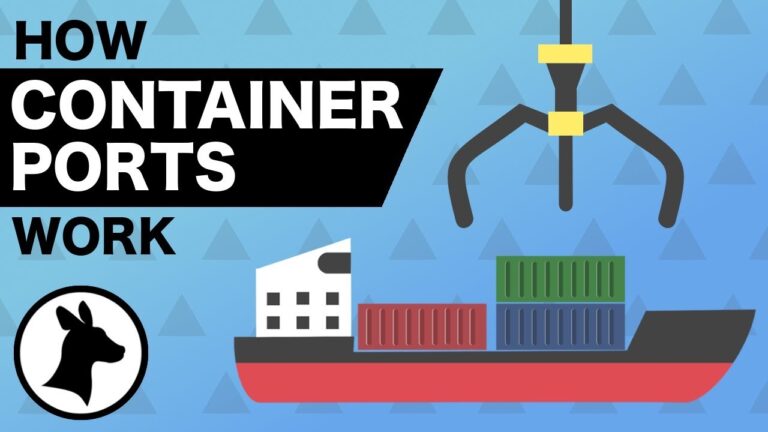How the Container Ports Work and What are the Logistics?
Some Public Facts about Container Ports
What is a Container Port?
A container port or container terminal is a facility where cargo containers are trans-shipped between different transport vehicles, for onward transportation. Maritime Container Ports are of two types: Maritime Container Port and Inland Container Port.
Maritime Container Port
- The transshipment may be between container ships and land vehicles, for example trains or trucks, in which case the terminal is described as a maritime container port.
- Maritime container ports tend to be part of a larger port, and the biggest maritime container ports can be found situated around major harbours.
Inland Container Port
- Alternatively, the transshipment may be between land vehicles, typically between train and truck, in which case the terminal is described as an inland container port.
- Inland container ports tend to be located in or near major cities, with good rail connections to maritime container ports.
First Inland Container Port in the world
- In November 1932, the first inland container port in the world was opened by the Pennsylvania Railroad company in Enola, Pennsylvania.
- Port Newark-Elizabeth on the Newark Bay in the Port of New York and New Jersey is considered the world’s first maritime container port.
- On August 15, 1962, the Port Authority of New York and New Jersey opened the world’s first container port, Elizabeth Marine Terminal.
Containers are normally stacked for storage, and the resulting stores are known as container stacks. In recent years methodological advances regarding container port operations have considerably improved, such as container port design process.
Learn More here on the Ocean Shipping and What are the reason for the Broken Shipping System
- Based on this CNBC Report, Around the world, some major ports are experiencing a huge influx of containers, resulting in long supply delays.
- Trade wars, high demand, and a pandemic have created a perfect storm for the container ship industry which is trying to stay organised in the face of a wave of market unpredictability.
- The Ever Given, which clogged up the super important Suez Canal back in March of 2021, was the canary in the coal mine for recent global trade slowdowns.
- But before this calamity, disruptions from the COVID 19 pandemic hit port after port, with the aftershocks hitting the consumer market. In 2019, 11.1 billion tons of goods were moved across the world’s oceans.
- And according to the World Shipping Council, the liner industry moves more than $4 trillion in goods annually. These vessels depend on people to get them from A to B and the complex logistics systems that make up the global trade network. But what happens when things don’t go according to plan? Learn More Below.


